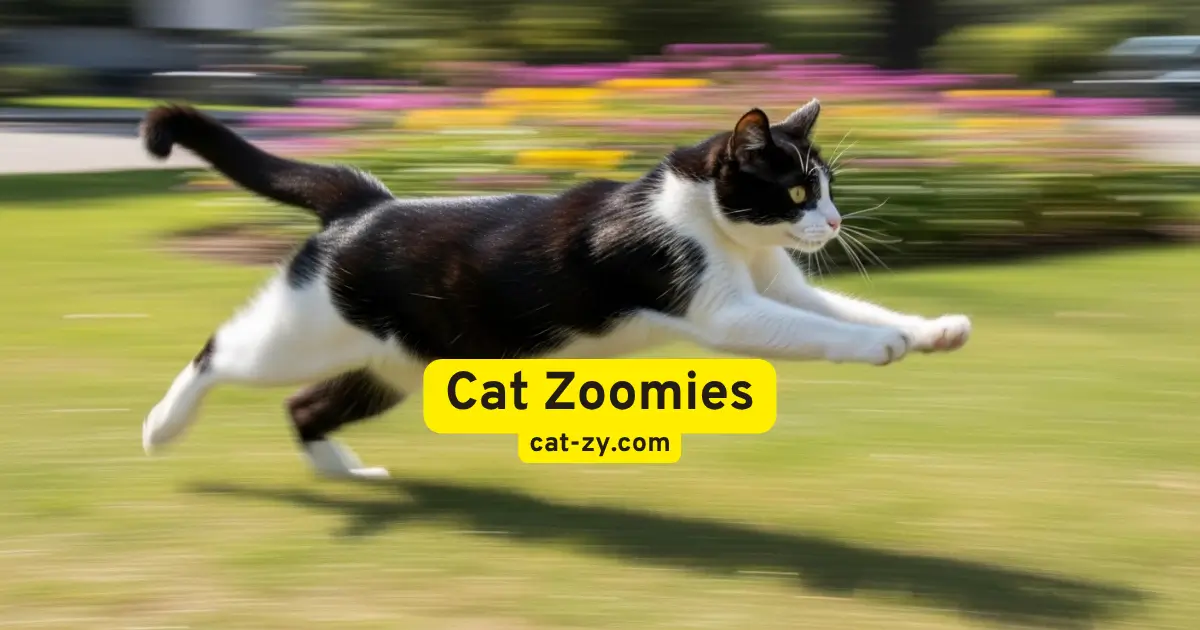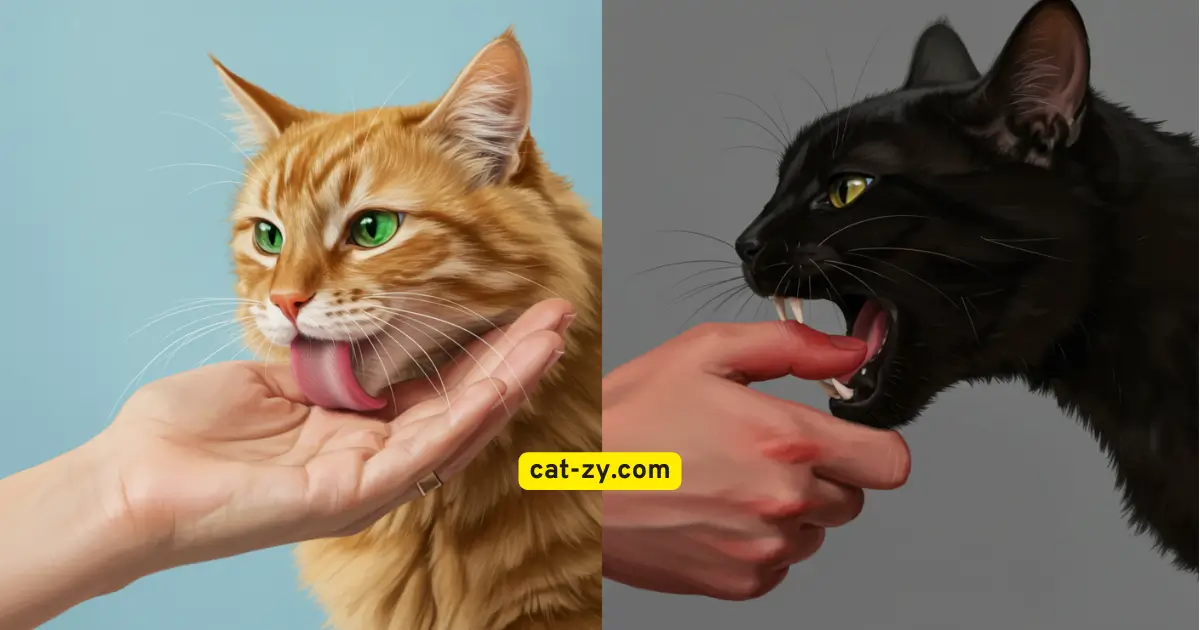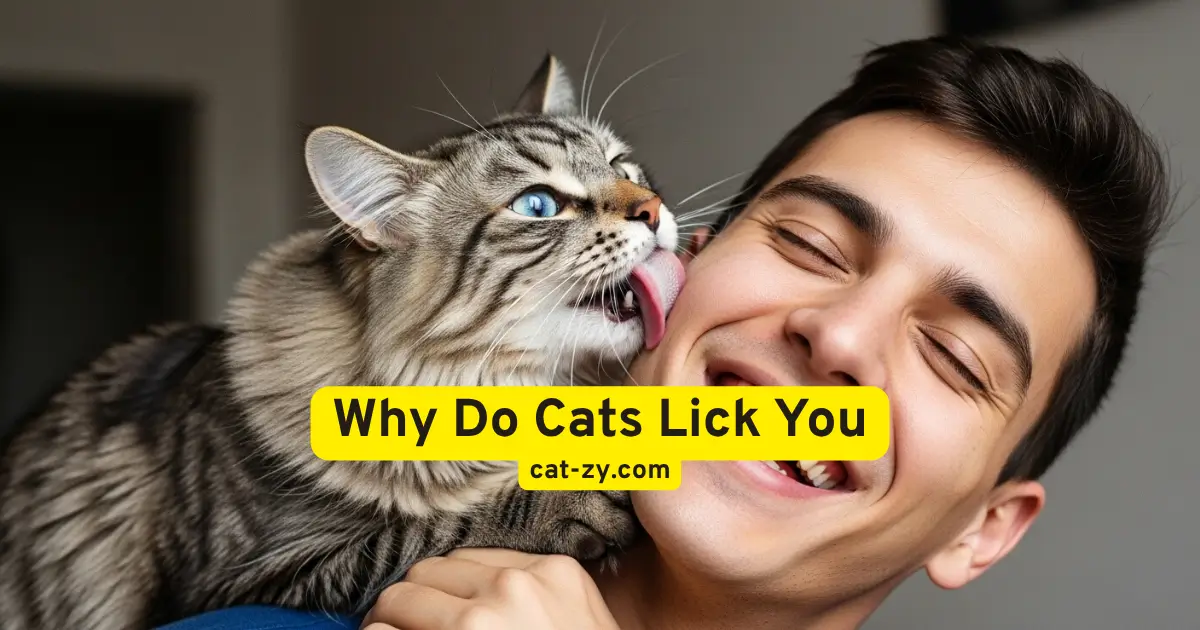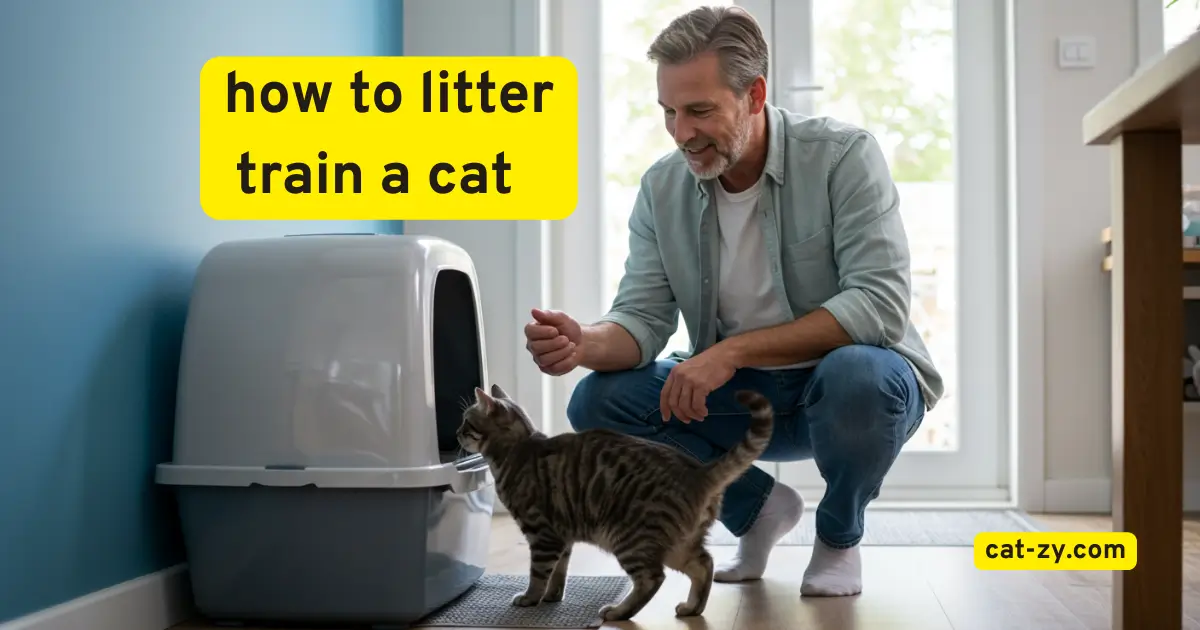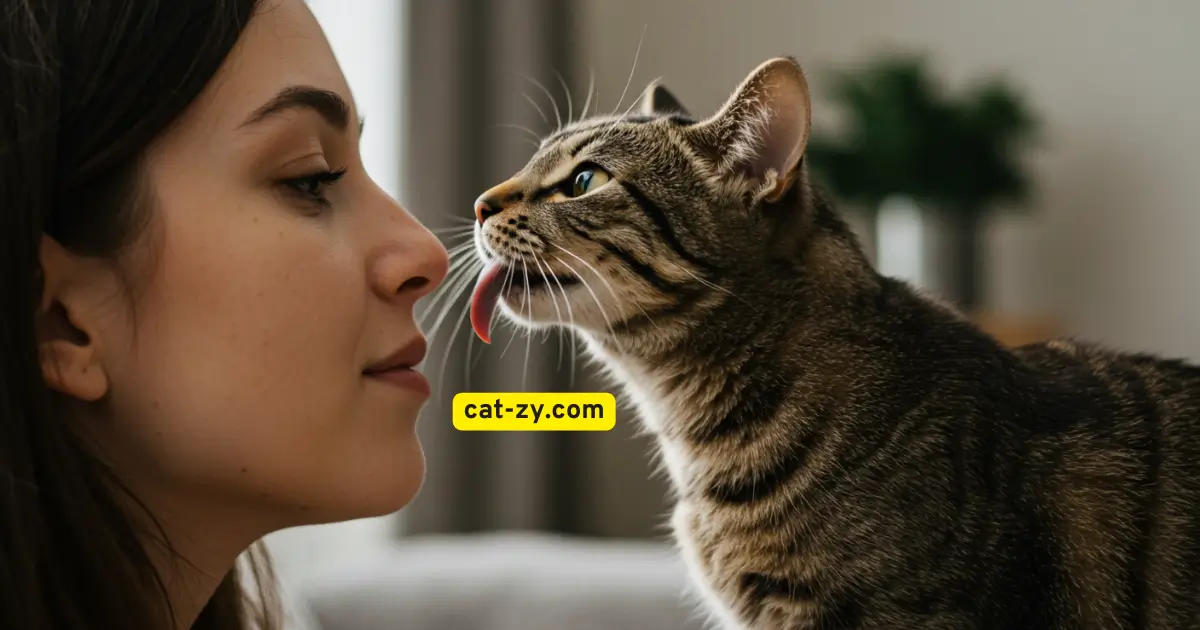Cat Zoomies: 5 Hilarious Reasons Your Feline Goes Wild
Ever seen your cat zoom around the room like crazy? It’s called cat zoomies, and it’s common in homes with energetic pets. It’s not only fun to watch, but it also shows how interesting feline behavior can be.
When your pet zooms around, you might wonder why. In this article, we’ll look at five funny reasons for this behavior. We’ll help you understand your cat’s wild side better.
Table of Contents
What Are Cat Zoomies? Understanding Your Pet’s Frantic Energy Bursts
Ever seen your cat zoom around the room with lots of energy? It’s called “cat zoomies.” This is a fun way for your pet to show off their energy and instincts. Many cat owners have seen this, but they might not know why.
The Science Behind Feline Random Activity Periods
Feline random activity periods, or FRAPs, are when cats move fast and wildly. Such episodes represent typical feline behavior patterns. They can happen for many reasons, like having too much energy or feeling excited.
How Zoomies Differ from Normal Play
Zoomies are different from regular play because they are so intense and sudden. Unlike normal play, which is more controlled, zoomies are a burst of energy without warning.
The Biological Purpose of Sudden Energy Bursts
Cat zoomies stem from deeply rooted predatory behaviors. Although they live with us, they retain the same instincts as wild cats. They need to move and act like they’re hunting.
How to Recognize When Your Cat Has the Zoomies
To know if your cat has zoomies, watch how they act. They will run fast, jump a lot, and sometimes act a bit aggressively.
Common Zoomie Behaviors and Positions
Cats with zoomies run fast and jump over things. They might also pounce on things or move quickly. It’s a fun and energetic way for them to play.
The Typical Duration of a Zoomie Episode
Change to: Cat zoomies can last from a few seconds to a few minutes. It depends on the cat and what makes them zoom. These moments are short but very intense.
Reason #1: Excess Energy That Needs an Outlet
Cat zoomies are often due to built-up energy. Indoor cats, in particular, have a lot of energy without enough places to play. This leads to frantic running or zoomies.
Indoor Cats and Pent-Up Energy
Indoor cats have a lot of energy because they don’t get enough exercise. They miss the freedom to roam and hunt.
How Modern Indoor Living Affects Feline Energy Levels
Living indoors can affect a cat’s energy. Lacking opportunities for exploration and stalking, felines accumulate excess energy. Key factors contributing to pent-up energy include:
- Limited space to roam
- Lack of natural hunting opportunities
- Insufficient playtime or stimulation
Signs Your Cat Isn’t Getting Enough Exercise
If your cat isn’t active enough, you might see them pacing or sleeping too much. They might also act out or seem tired.
Identifying these indicators promptly allows you to provide adequate physical activity and entertainment for your feline.
The Natural Hunting Instinct Release
Cats are born to hunt and chase. Cat zoomies let them use up this energy.
Predatory Behaviors Displayed During Zoomies
During cat zoomies, cats act like they’re hunting. They run fast, change direction quickly, and pounce on nothing. This shows their natural hunting instinct.
How Zoomies Satisfy Hunting Urges
Cat zoomies let cats hunt safely. Playing with toys or engaging in play that mimics hunting helps use up their energy.
Understanding Cat Zoomies: The Post-Bathroom Celebration Phenomenon
Have you witnessed your feline dashing through your home following bathroom visits? This is called ‘cat zoomies.’ It’s a fun burst of energy that puzzles many cat owners.
The Victory Lap After Litter Box Use
After using the litter box, your cat might do a ‘victory lap.’ It runs around with lots of energy. This isn’t random; it’s rooted in their instincts.
Evolutionary Reasons for Post-Elimination Sprints
In the wild, cats bury their waste to hide from predators. After eliminating, they sprint. This might confuse or distract predators. Even though your cat is safe at home, they keeps this instinct.
Why Some Cats Are More Prone to This Behavior
Zoomies happen more in some cats because of their energy and personality. More playful cats tend to experience cat zoomies more often.
Why the Litter Box Triggers Excitement
The litter box excites cats for many reasons. It’s a relief to have eliminated, and it triggers instinctual behaviors.
The Relief Factor: Physical Sensations
Elimination is relieving for cats. This relief can turn into energy. The feeling of having done their business is a positive trigger.
Territorial Marking and Instinctual Behaviors
Cat zoomies also occur due to territorial marking. By eliminating and then running, they mark their territory.
Reason #3: Nighttime Cat Zoomies and Their Connection to Natural Hunting Hours
As the sun sets, your cat’s energy goes up, making you curious. This isn’t random; it’s tied to their instincts. Felines exhibit a crepuscular nature, demonstrating peak activity during dawn and dusk hours.
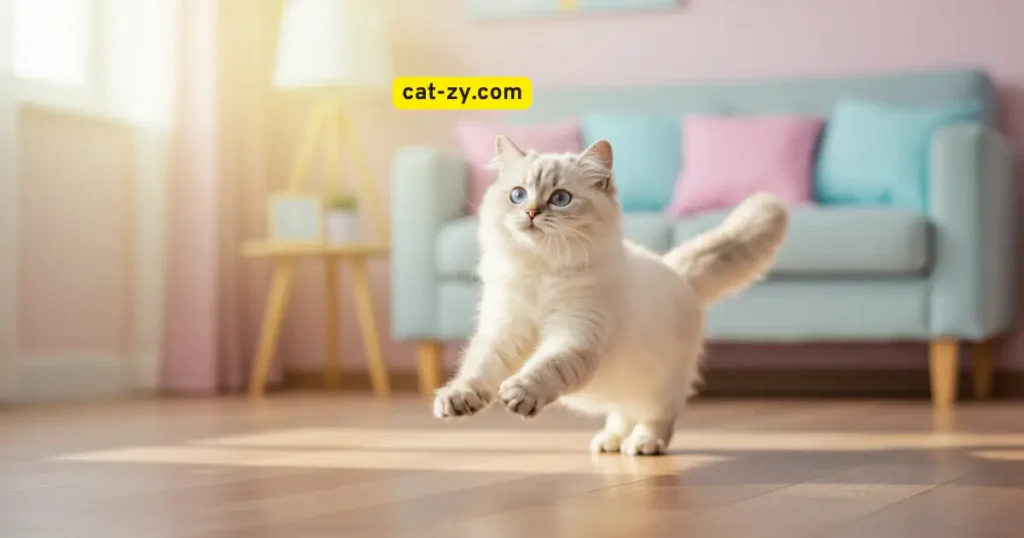
Crepuscular Creatures: Why Cats Are Active at Dawn and Dusk
Cats’ crepuscular nature comes from their wild ancestors. Being active at dawn and dusk helped them hunt better.
The Evolutionary Advantage of Twilight Activity
Twilight is the best time for hunting. Prey is active, and it’s easy to stalk. This gave wild cats a competitive edge.
How Domestic Cats Maintain Wild Timing
Even though they’re domesticated, cats keep their crepuscular behavior. Their zoomies at dawn and dusk show their hunting instincts.
Your Cat’s Ancestral Clock at Work
Your feline’s biological timing follows ancestral patterns inherited from their wild predecessors. This natural circadian rhythm makes them more active at certain times.
Comparing House Cat Behavior to Wild Felines
Domestic cats and wild felines are similar in their behavior. Both are more active at twilight, showing their crepuscular nature.
Adjusting Your Schedule to Your Cat’s Natural Rhythms
Understanding your cat’s natural activity times can improve your living space. Playing with them during these times can help them relax and bond with you.
Reason #4: The Joy of a Fresh Grooming Session
After a Grooming session, cats often show the zoomies, a burst of energy. Grooming is key for cats, keeping their coat clean and relaxing them. This can lead to a paradox where grooming, meant to calm, causes a frenzy.
Post-Bath Frenzies Explained
Post-bath zoomies might seem odd, given cats’ dislike of water. Yet, feeling clean can be exhilarating for them. Let’s explore the reasons behind this.
The Sensory Overload of Being Clean
Being groomed or bathed is a sensory experience for cats. Water, sounds, and drying sensations can heighten their awareness and energy. This can lead to a burst of energy, known as the zoomies.
Why Cats Hate Water but Love Post-Bath Zoomies
While most felines avoid water, bathing experiences can create unexpected reactions. The relief and invigoration after a bath can trigger energetic behavior. It’s as if the bath’s discomfort is forgotten in the joy of being clean.
Self-Grooming and the Zoomie Connection
Self-grooming can also lead to cat zoomies. It’s not just about hygiene; it’s also a stimulating activity that can build up energy.
The Stimulating Effects of Self-Cleaning
During self-cleaning sessions, felines engage in more than simple debris removal. They’re also stimulating their skin and muscles. Such stimulation may elevate their vitality, possibly triggering energetic episodes.
How Different Grooming Tools Affect Your Cat’s Behavior
Grooming tools can also trigger zoomies. Different textures, sounds, and sensations from brushes, combs, or nail clippers can stimulate your cat. This can influence their behavior after grooming.
Reason #5: Emotional Triggers for Cat Zoomies
Cat zoomies represent more than spontaneous energy releases; they frequently connect to particular emotional triggers. Your cat’s emotional state plays a big role in triggering these frantic energy releases. Understanding these emotional triggers can help you better comprehend your cat’s behavior and needs.
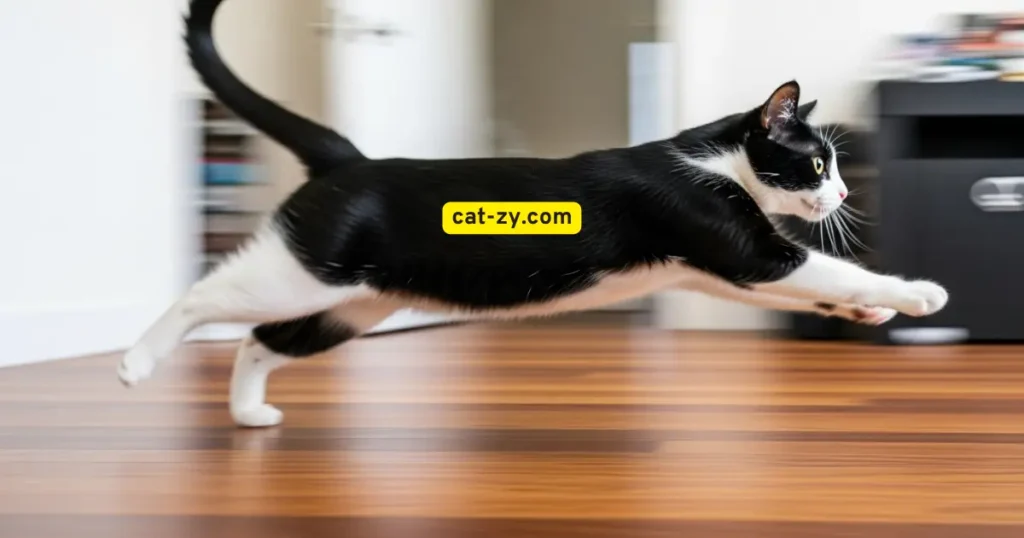
Excitement When You Return Home
One common emotional trigger for cat zoomies is the excitement your cat feels when you return home. This enthusiasm comes from the strong bond between you and your pet. When you come home, your cat is reunited with a significant figure, leading to a surge in excitement and energy.
Recognizing Happy Zoomies vs. Anxious Zoomies
Distinguishing joyful episodes from stress-induced frenzies proves crucial for pet owners. Happy zoomies are characterized by relaxed body language and playful behavior. In contrast, anxious zoomies may be accompanied by signs of distress, such as panting or hiding. Understanding such distinctions enables proper responses to your feline’s requirements.
How Your Reaction Reinforces Zoomie Behavior
Your reaction to your cat’s zoomies can either reinforce or discourage the behavior. If you enthusiastically engage with your cat during zoomies, you’re likely to encourage the behavior. Conversely, maintaining composure or disregarding the activity could lead to its gradual reduction. Understanding how your reaction impacts your cat’s behavior can help you manage zoomies effectively.
Stress or Anxiety-Induced Zoomies
Stress or anxiety can also trigger cat zoomies. Changes in your cat’s environment or routine can cause stress, leading to frantic energy releases. Identifying the sources of stress and implementing calming strategies can help mitigate stress-induced zoomies.
Environmental Changes That Trigger Stress Zoomies
Various environmental changes can trigger stress zoomies, including changes in household dynamics, new pets or people, or even rearranged furniture. Being aware of these stressors can help you take proactive steps to minimize their impact.
Calming Techniques for Overstimulated Cats
To calm an overstimulated cat, try using calming aids like pheromone diffusers or soothing music. Creating a quiet, safe space for your cat to retreat to can also help reduce stress and anxiety. By implementing these techniques, you can help your cat manage stress and reduce the occurrence of stress-induced zoomies.
How to Create a Zoomie-Friendly Environment for Your Cat
A zoomie-friendly environment is more than just space. It’s about creating a fun and safe place for your cat. This helps keep them happy and healthy.
Safe Spaces for High-Speed Cat Adventures
Creating secure zones for feline recreation remains vital for pet safety. You need the right furniture and to remove dangers.
Cat Furniture That Supports Natural Zoomie Patterns
Get furniture that lets your cat move naturally. Think about cat trees or climbing structures. Such equipment provides excellent workout opportunities while ensuring feline comfort and security.
Removing Hazards from Common Zoomie Routes
Keep your cat safe by removing dangers from their play areas. Secure wires, move breakables up high, and lock windows. This makes a safe zone for your cat to play.
Toys and Activities That Channel the Zoomie Energy
The right toys and activities can help your cat use their zoomies in a good way. Interactive play and fun activities are key.
Interactive Play Sessions That Prevent Excessive Zoomies
Engage your feline companion with interactive tools such as light devices or feathered accessories. This burns off energy. Regular play makes zoomies less intense and less often. It also makes your bond stronger.
Enrichment Activities for Mental and Physical Stimulation
It’s also important to keep your cat’s mind sharp. Try hiding treats or using puzzle toys. This keeps them active and mentally challenged. It helps reduce zoomies caused by boredom or too much energy.
When Cat Zoomies Might Signal a Problem
If you own a cat, you’ve seen their bursts of energy. But when do these zoomies signal a problem? Cat zoomies are usually normal and fun. Yet, sometimes they can mean there’s an issue that needs attention.
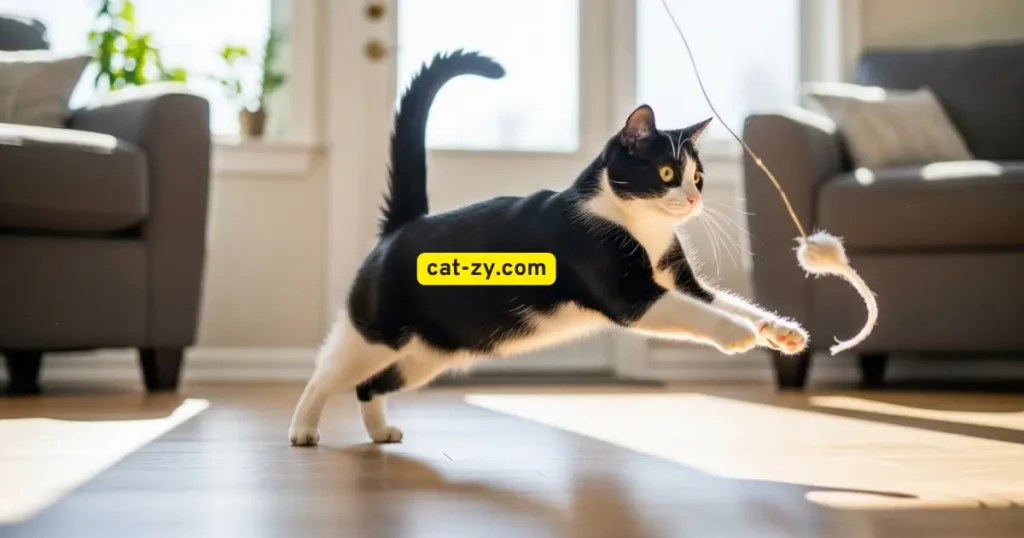
Distinguishing Normal Zoomies from Medical Issues
It’s important to tell normal zoomies from signs of a medical problem. Monitor frequency and intensity levels. When cat zoomies become more frequent or severe, closer examination becomes necessary.
Frequency and Intensity Warning Signs
Watch for sudden changes in your cat’s behavior. If zoomies happen at odd times or with other odd behaviors, it might mean something’s wrong. For example, zoomies at 3 am or aggression during them could be a sign of a health issue.
Age-Related Considerations for Zoomie Behavior
As cats get older, their energy and behavior can change. Senior cats with zoomies might have health problems like hyperthyroidism or arthritis.
When to Consult Your Veterinarian
If you’re not sure about your cat’s zoomies or notice odd behavior changes, see a vet. They can check if there’s a health issue that needs to be fixed.
Potential Medical Conditions That Mimic Zoomies
Some health issues, like hyperthyroidism or anxiety disorders, can look like zoomies. A vet can find these problems and suggest the right treatment.
Behavioral Changes That Warrant Professional Attention
Changes in appetite, sleep, or how they interact with others, with zoomies, need vet attention. These signs could mean there’s a health issue that needs care.
Conclusion: Embracing Your Cat’s Wild Side
Cat zoomies are a fun and natural part of their behavior. By understanding why they do it, you can get to know your cat. It’s about letting go and enjoying the moment together.
Creating a safe space for zoomies and knowing when to worry is important. It makes your cat happier and brings you closer. So, when your cat zooms around, you’ll see it as a special moment to share.
It’s not just about the zoomies. It’s about connecting with your cat more deeply. By embracing their natural behavior, you’ll appreciate them even more.
FAQ
What are cat zoomies?
Cat zoomies are when cats suddenly run fast, spin, and act playful. It’s a burst of energy.
Why do cats get the zoomies?
Cats get zoomies for many reasons. It could be from too much energy, hunting instincts, or excitement after using the litter box. Stress can also trigger it.
Is it normal for cats to have zoomies after using the litter box?
Yes, it’s common for cats to zoom after the litter box. It’s called the “post-bathroom celebration phenomenon.”
How can I create a zoomie-friendly environment for my cat?
Establish a secure environment where your feline can engage in energetic activities. Remove dangers and play with your cat. This keeps them active and happy.
At what point do cat zoomies warrant owner concern?
Be worried if your cat’s zoomies are odd or if they act sick. Look for changes in appetite or lethargy. If zoomies are too much, talk to your vet.
Do energetic episodes potentially indicate underlying health concerns?
Energetic bursts typically represent normal behavior, though occasionally they signal medical complications. Like hyperthyroidism or anxiety. Always check with your vet.
How can I distinguish between normal zoomies and medical issues?
Watch how often and how intensely your cat’s zoomies are. Look for other signs of sickness. If you’re unsure, talk to your vet.
Why do cats get cat zoomies after pooping?
Cat zoomies after defecation stem from evolutionary survival instincts. In the wild, cats would sprint away from elimination sites to avoid predators attracted by scent. This relief response triggers cat zoomies as your cat experiences both physical comfort and instinctual satisfaction after completing their business.
Why do cats get cat zoomies at night?
Nighttime cat zoomies occur because cats are naturally crepuscular creatures, meaning they’re most active during dawn and dusk hours. Your cat’s internal clock follows ancestral hunting patterns when prey was most available. These evening cat zoomies represent your feline’s natural energy peak, even in domestic settings.

